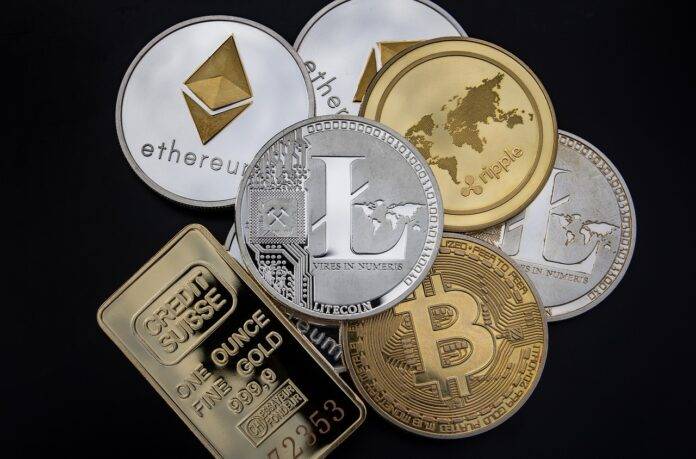Real-world assets (RWAs) have been a bright spot in crypto markets in 2022 and 2023. Amid depressed crypto-asset prices and elevated global interest rates, investor interest has shifted towards traditionally offchain yields (e.g., U.S. Treasurys) and away from crypto-native opportunities (e.g., yield farming). Simultaneously, the tokenization narrative gained traction with both crypto incumbents and external market participants (e.g., institutional money managers, regulators, etc.).
What are the biggest opportunities and obstacles RWA builders should watch out for in 2024?
Below are RWA.xyz’s five predictions:
1. Proliferation of “Stablecoin” Products
Between Circle (USDC) and Tether (USDT), the preeminent issuers of USD pegged stablecoins, there is $115 billion in circulation as of December 14, 2023. With arguably the best product-market fit among token issuers, we anticipate many teams will seek to emulate the success of these products in 2024.
Despite the proliferation of stablecoin launches, we do not anticipate the collective market share of USDC and USDT to wane meaningfully throughout 2024. Newly introduced stablecoin products will find it difficult to compete with USDC and USDT’s vast interoperability, network effects and “blue-chip” status.
2. Novel Asset Tokenization
The tokenization of assets unlocks new investment opportunities by enabling fractional ownership, offering programmable features, and providing enhanced traceability.
In 2024, we anticipate issuers will increasingly bring tokenized, alternative assets to market. Assets that are uniquely enabled by blockchain technology will prove to be attractive to investors seeking non-correlated and differentiated deal flow. Markets drawing more interest in 2024 could involve intellectual property rights (e.g., royalties, licenses, etc.) or potentially other assets like carbon credits or trade finance receivables.
Once novel was the notion of connecting asset originators with capital sources via blockchain. However, this concept is no longer a competitive differentiator, as the RWA.xyz Directory identifies at least 40 tokenization protocols capable of facilitating onchain private credit transactions. Historically, many of these protocols focused on developing a pipeline of borrowers, without clearly matching demand from the buy-side.
Kevin Miao of BlockTower Credit has argued that BlockTower was the first asset manager to build an RWA strategy predicated on the needs of capital providers (i.e., MakerDAO) rather than the supply of assets. BlockTower has been successful with this strategy, in that MakerDAO has committed an aggregate of $1.35 billion to BlockTower Credit across multiple investment vehicles.
Taking note of this success, we anticipate platforms will prioritize the needs of capital providers over those of asset originators. The challenge will be to ensure that the capital providers are of sufficient scale.
4. Regulatory Focus and Guidance
Early crypto-asset regulation emerged in response to the ICO boom of 2017-2018. Regulators from jurisdictions across the globe laid out novel, tailored frameworks aimed at governing the idiosyncrasies of crypto-assets.
As tokenized asset markets have continued to develop, regulators have been prompted to provide clarity on how tokenized assets are governed. In 2023 alone, regulators from Singapore, the United Kingdom, Japan, Abu Dhabi, Hong Kong, Luxembourg, and others, have all provided guidance on tokenization.
In 2024, we expect this trend to continue. Regulation will follow as tokenized asset markets become more popular and tokens come to represent a more diverse set of asset rights.
The flurry of 2023 headlines depicting multinational financial institutions launching tokenization products, signals growing institutional interest in blockchain technology. In 2024, we expect this trend to continue.
Institutional money managers are likely to feel a sense of urgency to explore tokenization, likely motivated by a desire to keep pace with early movers. 2024 could easily be the year of significant growth in digital bond issuance – if not in volume, certainly in count.
Link:
Source:




















